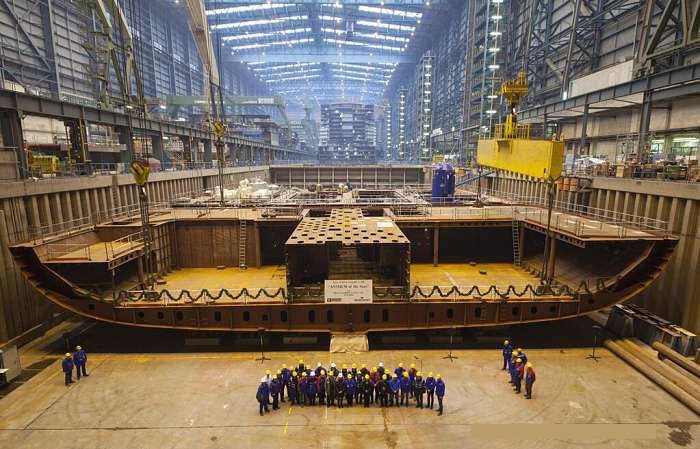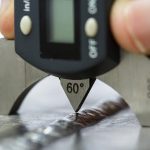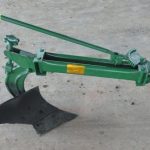One of the most integral parts of the ship is its bottom structure. It is designed not only to give hull the required strength to withstand the weight of the cargo, but also to withstand the external hydrostatic loads that act on the bottom of the hull.
A ship’s hull is basically made up of bent plates welded together. If these plates are not stiffened, the bending moments on the plates due to the loads may exceed the value of stress that can be withstood by the material, and hence cause failure. So, the plates are stiffened (or their section modulus is increased) by adding stiffeners to them.
Now, there are two basic ways to stiffen a ship –
· Transverse Stiffening
· Longitudinal Stiffening
Transverse Stiffening or Transverse Framing: This is carried out in ships less than 120 meter in length. In transverse stiffening, the stiffeners run along the breadth of the ship. We would be discussing this with interesting details a little later.
Longitudinal Stiffening or Longitudinal Framing: This type of framing employs stiffeners that run longitudinally, that is along the length of the ship, and is used in all sea going ships having a length more than 120 meter. The details would be touched upon in the later section of this article.
Now that we have an idea of the two types of framing, we need to acquaint ourselves with another categorisation of bottom structure framing in ships:


